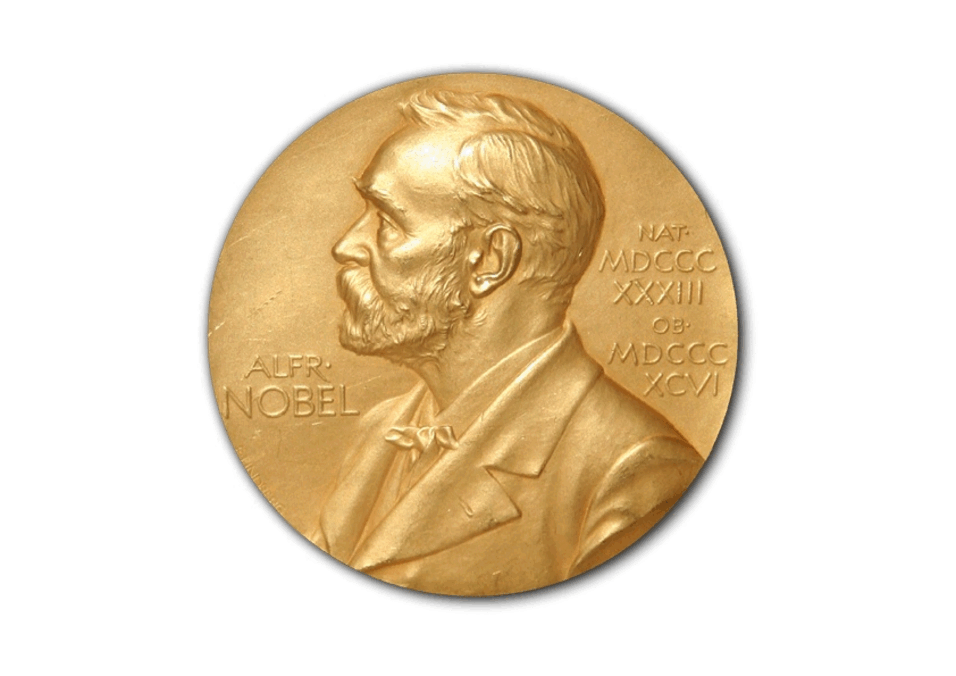Publication of Pablo Montero de Hijes, Christoph Dellago, Bernhard Schmiedmayer, Ryosuke Jinnouchi, and Georg Kresse mentioned in the press release for the Physics Nobel Prize for John Hopfield and Geoffrey Hinton.
> See here
Physics Nobel Prize 2024
09.10.2024

